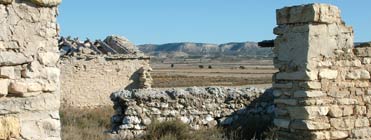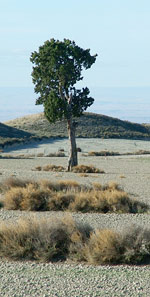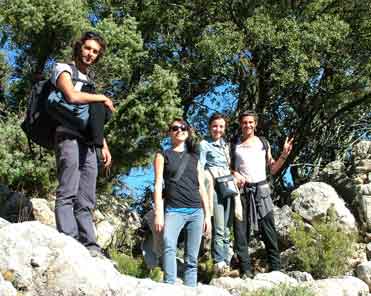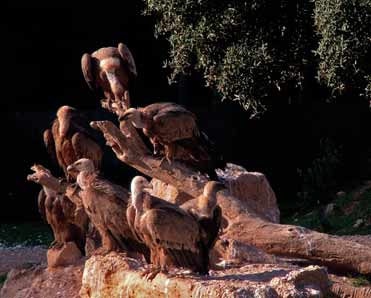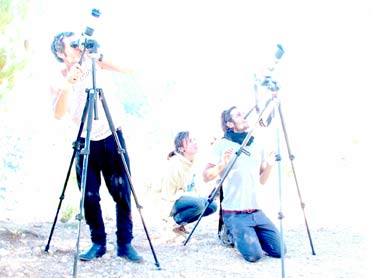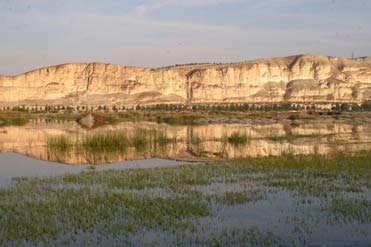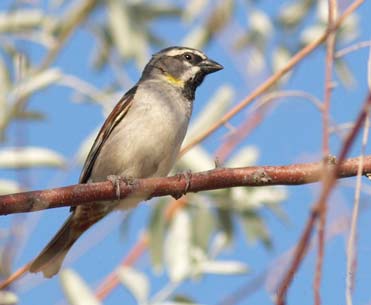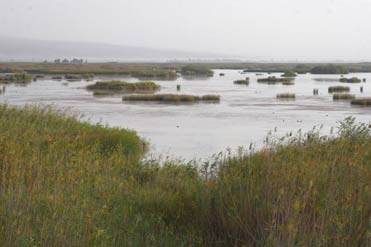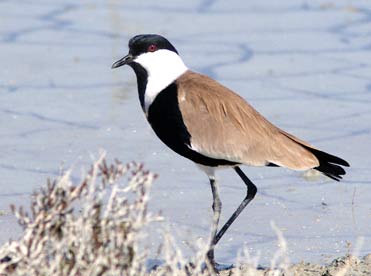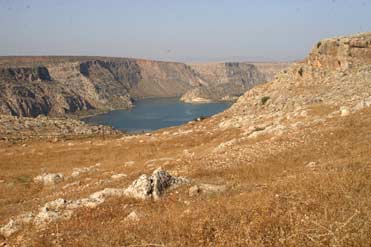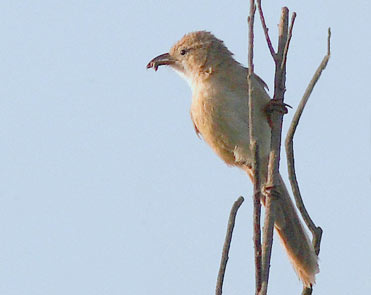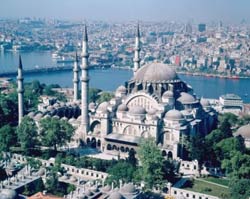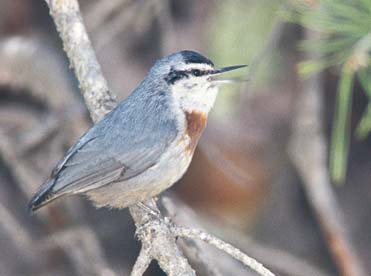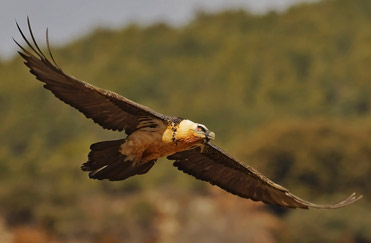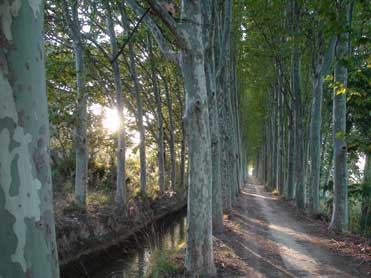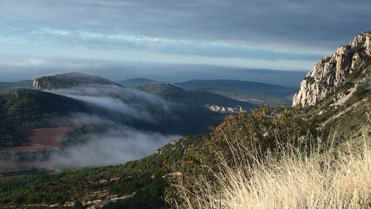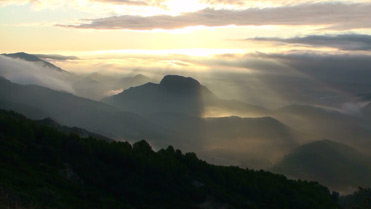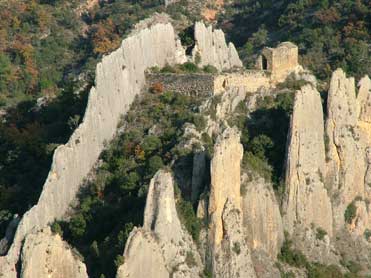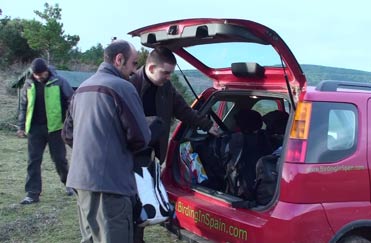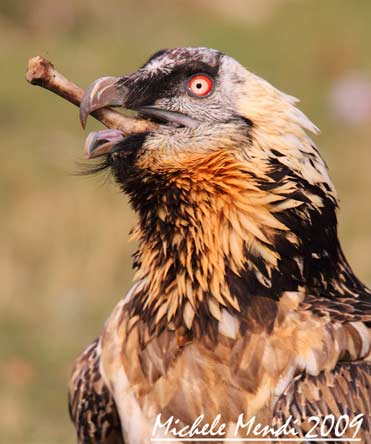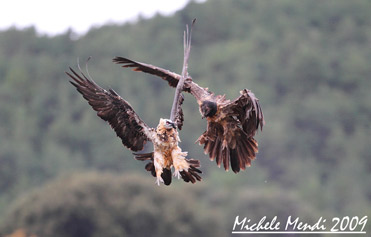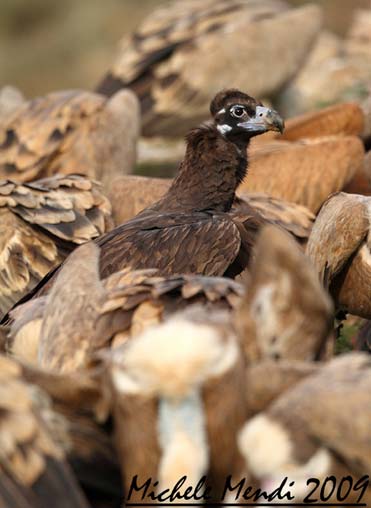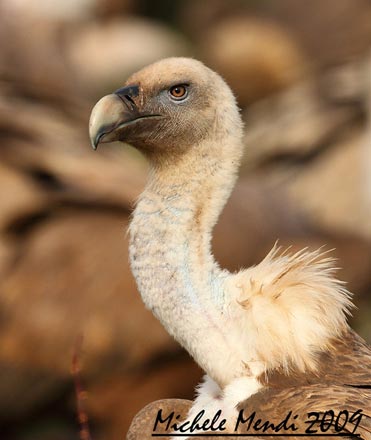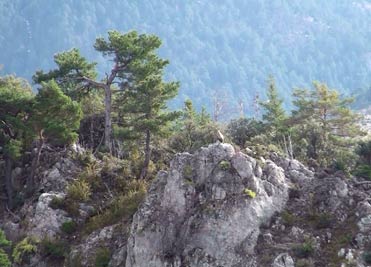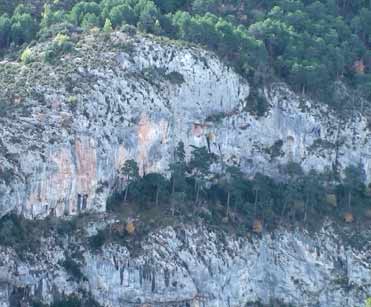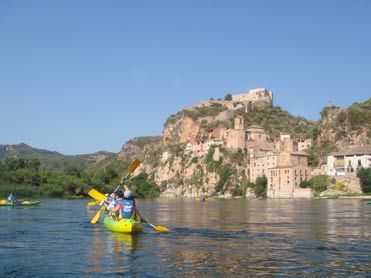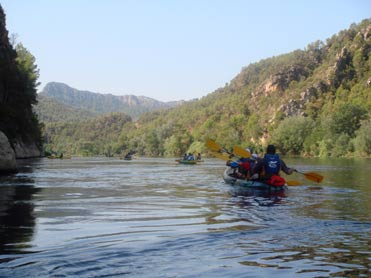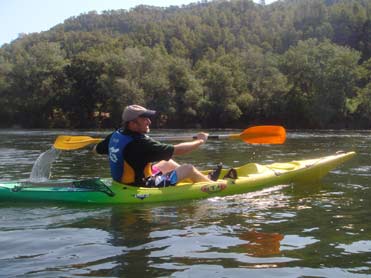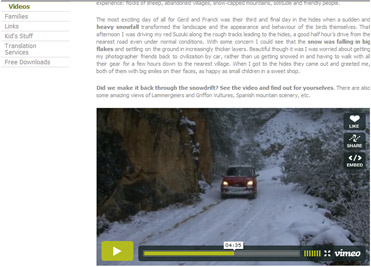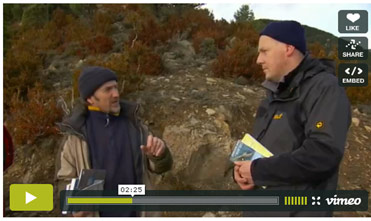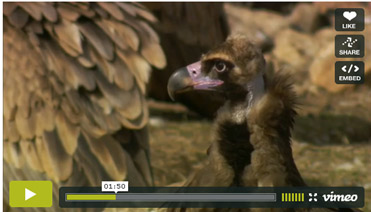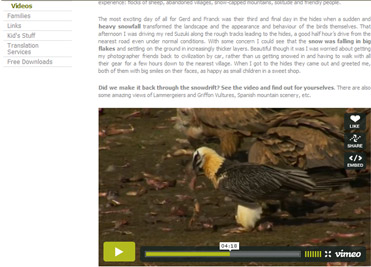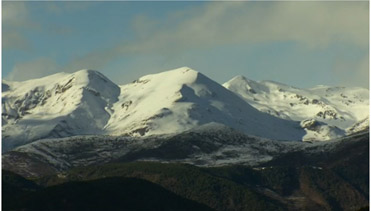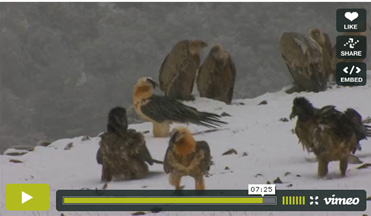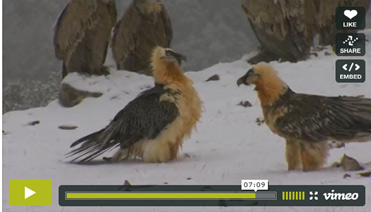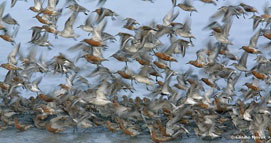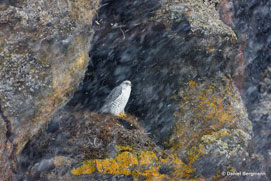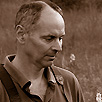Descripció: Bosc de ribera. 90 ha de bosc de ribera (xops, àlbers, verns, salzes) amb zones d’arbustives (tamarius, esbarzers), depressions inundables i un canyissar força extensiu, tot declarat Àrea d’Interès Natural. És un parc municipal ara ben comunicat i molt freqüentat pel públic als caps de setmana, malgrat això és pot preparar la visita per trobar hores o racons tranquils.
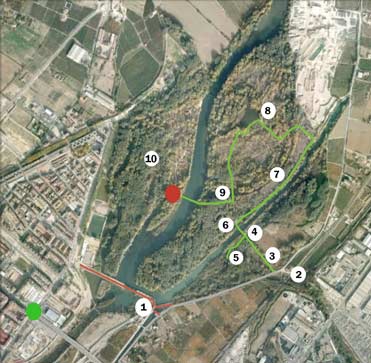
Principals espècies
Tot l’any: cabusset, martinet blanc, esplugabous, cigonya blanca, ànec coll-verd, aligot comú, polla d’aigua, rascló, picot verd, tórtora turca, blauet, cuereta torrentera, cargolet, rossinyol bord, teixidor, mallerenga cuallarga, raspinell comú, pardal xarrec, gratapalles.
Estivals: martinet de nit, agró roig, falcó mostatxut, corriol petit, xot, abellerol, colltort, tórtora, rossinyol, boscarla de canyar, balquer, bosqueta vulgar, tallarol de casquet, papamosques gris, oriol.
Hivernants: corb marí gros, bernat pescaire, picot garser gros, pardal de bardissa, pit-roig, cotxa fumada, tord ala-roig, bruel, lluer, pinsà mec, repicatalons, cruixidell.
De Pas: milà negre, aligot vesper, àguila pescadora, xivitona, oreneta de ribera, piula dels arbres, cotxa cua-roja, mastegatatxes, tallarol gros, tallarol de garriga, tallareta vulgar, mosquiter pàl•lid, mosquiter de passa.
Accés
Des de la ciutat de Lleida pel pont de Pardinyes i el camí de la Granyena.
Itinerari
(1) En les hores menys concorregudes és profitós aturar-se uns moments a les comportes del canal de Serós per observar ocells aquàtics com el blauet, la cuereta torrentera, la xivitona, la polla d’aigua, el martinet blanc i, a l’hivern, el corb marí gros, el bernat pescaire i la gavina vulgar.
(2) Travessa el canal i un petit pont sobre un rierol. Busca un lloc discret per aparcar a prop de l’entrada del parc i seguir a peu. Vigila! No deixes coses de valor en el cotxe, un consell aplicable a molts indrets periurbans sense vigilància.
(3) Entre el canyissar a mà dreta i els joncs i esbarzers a l’esquerra és possible detectar espècies com la boscarla de canyar, el rascló, el trist, el rossinyol bord, el teixidor i la tórtora turca als cables de la llum; a l’hivern el canyissar és un important dormider pel repicatalons i el cruixidell.
(4) Més endavant hi ha un bosquet principalment de verns i xops on podem trobar mallerengues i altres ocells del bosc, i segons l’època el lluer, el bruel i el mastegatatxes.
(5) Just abans d’arribar al pont del canal de Balaguer, trobarem un camí a mà esquerra que passa per una zona dominada per esbarzers i tamarius. A la tardor les mores atrauen molts ocells com el tallarol gros, el tallarol de casquet i la merla.
(6) Torna al pont metàl•lic que travessa el canal de Balaguer. Aquí és un dels millors llocs per veure el blauet, la cuereta torrentera i la mallerenga cuallarga, aquesta última en les salzes a la vora de l’aigua.
(7) Gira a la dreta per seguir el camí del canal de Balaguer. En els arbres i arbustos al llarg d’aquest camí tenim bones oportunitats de realitzar observacions interessants en la forma dels ocells reproductors com l’oriol, el papamosques gris, el pardal xarrec i la gratapalles; ocells migratoris com el tallarol gros, el mosquiter pàl•lid i el mastegatatxes; i a l’hivern el pit-roig, el pardal de bardissa i el pinsà mec, l’últim entre els nombrosos pinsans comuns què venen aquí per passar la nit.
(8) A arribar a la tanca que travessa el camí prendrem un altre camí a l’esquerra què, després de passar entremig d’una línia d’arbres es divideix en petites bifurcacions. A seguir una d’aquestes arribarem a la Bassa Gran; aquí des de dintre dels aguaits hem trobat un bon lloc per veure el martinet de nit, el bernat pescaire i el martinet blanc. Altres espècies freqüentes aquí són el blauet, l’ànec coll-verd i el cabusset.
(9) Continua pel camí i a la primera bifurcació gira a la dreta per on arribaràs a un pontet de color verd. Després, si efectues un altre gir a la dreta passaràs per un bosc de xops i àlbers (molt indicat per observar el raspinell comú i, a l’hivern, el picot garser gros) abans de sortir a la passarel•la que travessa el riu Segre. Aprofita la oportunitat de parar al mig del riu a escoltar o veure ocells com la oreneta de ribera, el blauet, l’oriol, el teixidor, el corriol petit, el martinet de nit i una llarga etcètera. En els arbres riu avall és on es posen multituds de corbs marins, bernats, martinets i esplugabous.
(10) La marge dreta té característiques similars a la de l’esquerra, però amb més zones obertes i més trànsit humà. Millor visitar-la a la primera hora del matí o en un dia laboral.
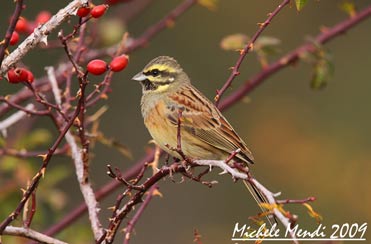
Moltes gràcies a Michele Mendi pel seu permís per reproduïr la seva foto d’aquest Gratapalles
Duració aproximada: entre 2 i 3 hores.

